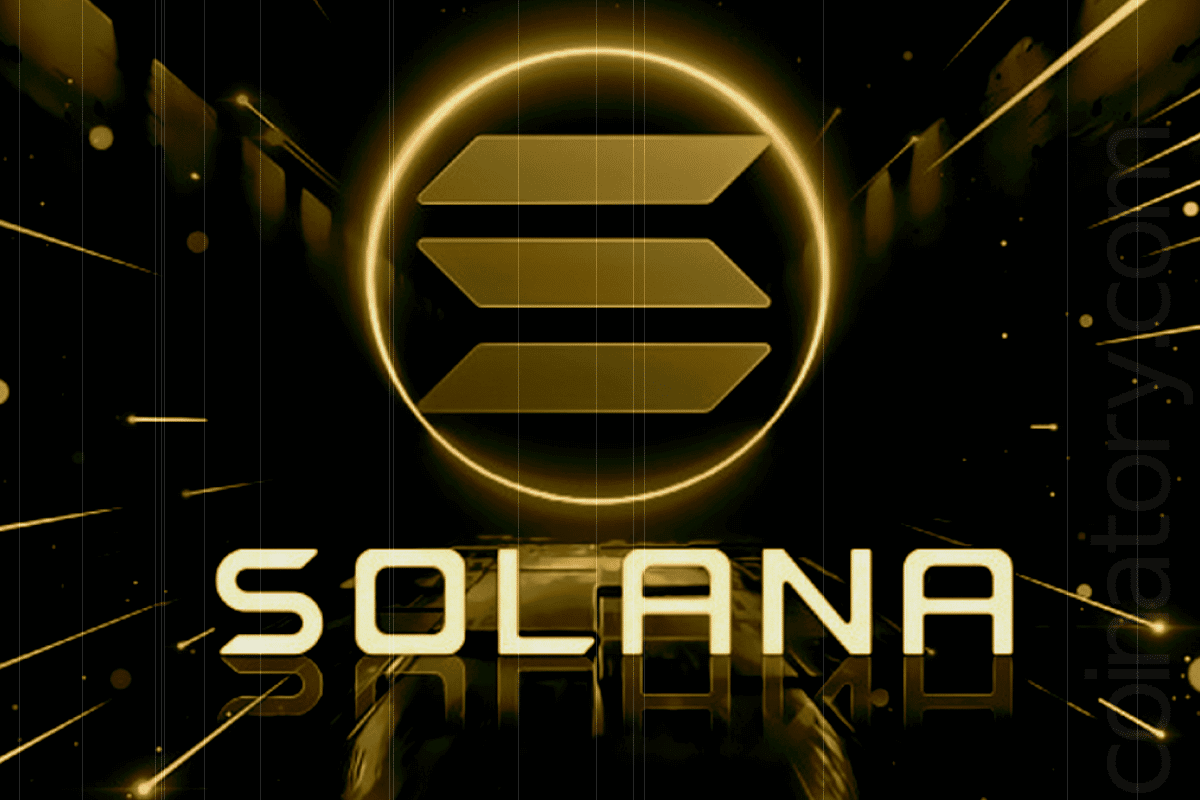
Solana lacks the foundational structure to serve as the core infrastructure for a “new” global financial system, according to Ethereum community member and blockchain developer Ryan Berckmans. While Solana initially championed a monolithic approach, it has gradually embraced Layer 2 (L2) solutions, now referring to them as “Network Extensions” instead of traditional L2s. Berckmans argues this rebranding highlights Solana’s evolving stance toward scalability but falls short of Ethereum’s L2-centric roadmap.
Berckmans notes that Ethereum’s Layer 2 development has drawn prominent applications to custom-build L2 appchains on its network, including a significant Solana development team recently pivoting to construct an SVM (Solana Virtual Machine) Layer 2 on Ethereum. In his analysis, he outlines critical structural barriers Solana faces in becoming a viable global backbone for blockchain.
Foremost, Berckmans points to Solana’s reliance on a single production client (agave rust). By comparison, a truly decentralized backbone requires at least three independent clients, each with balanced network stakes. Solana’s secondary client, Firedancer, has encountered delays, largely due to the absence of a fully developed protocol specification and a robust research community.
Another issue is Solana’s significant bandwidth demands—recommended at 10Gbps upload—which pose risks for centralization and limit accessibility in varied global environments. Furthermore, the platform’s history of outages and absence of protocol-level fallback mechanisms add operational risks; in contrast, Ethereum’s network can continue producing blocks during finalization issues.
Economic centralization is another issue, Berckmans adds, noting Solana’s high insider allocation, with 98% of its initial coin offering distributed internally, compared to Ethereum’s 80% public distribution. The blockchain’s emphasis on L1 execution scaling conflicts with zk-proof advancements for Layer 2 settlements, which are increasingly adopted across major blockchain ecosystems.
According to Berckmans, the industry trend favors Ethereum’s Layer 1 and Layer 2 framework, as shown by partnerships with major corporations like Coinbase, Kraken, Sony, and Visa. These strategic alignments underscore Ethereum’s market influence over Solana’s, as Ethereum’s holistic ecosystem continues to draw the interest of global financial entities.
Despite Solana’s achievements in areas like meme coin growth and price appreciation, Berckmans concludes that the platform’s fundamental limitations preclude it from serving as the backbone of a global financial network.







